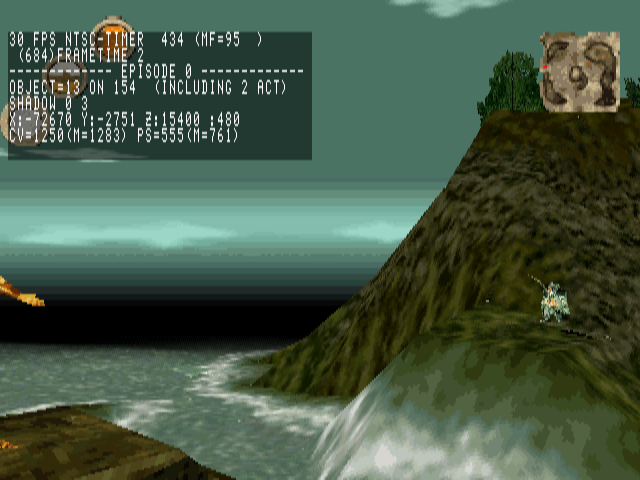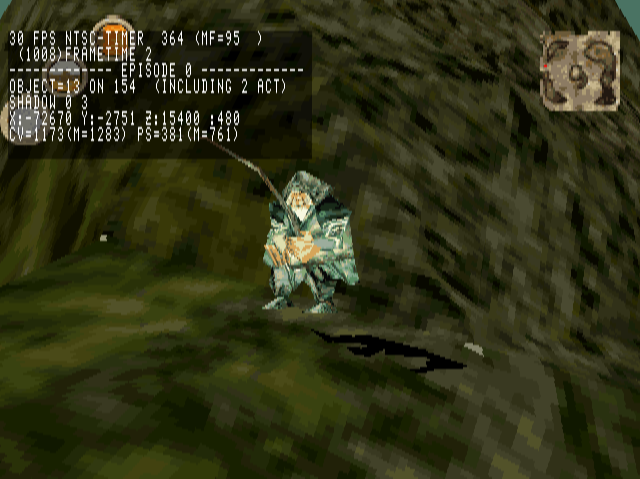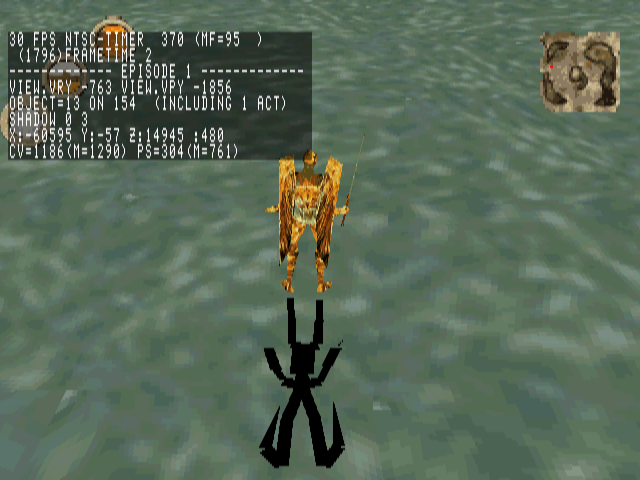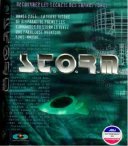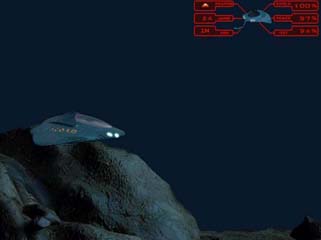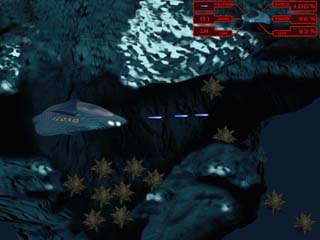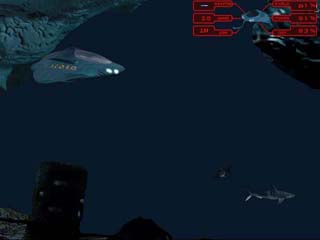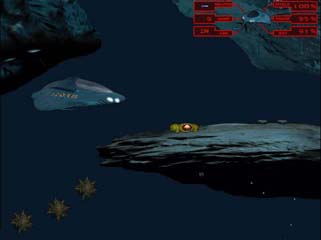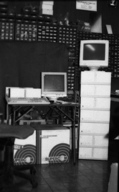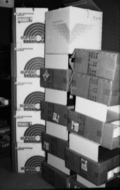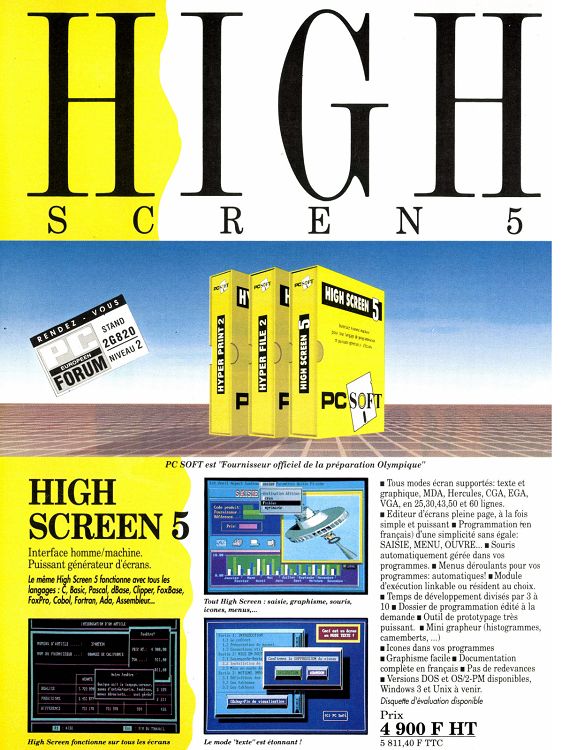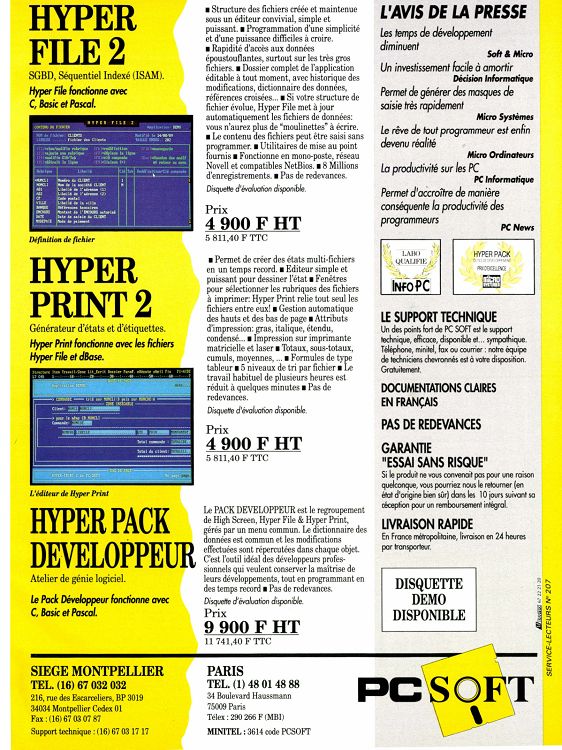Mars Special Ops Handbook
Below is the Handbook we wrote for describing the game prototype and to introduce it to Namco staff.
Acknowledgments
This is the late war information report from our best commando staff. All material is classified, and disclosed to authorised people only.
Keep in mind that all this information was gathered at the price of S.G.B best staff life.
Approaching Mars
The module is dropped by the space vessel and will bounce on the surface.
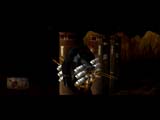
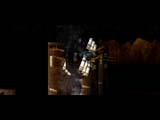
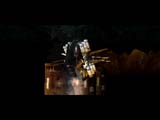

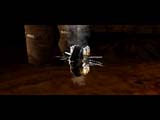
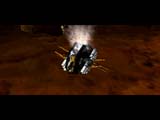
Landing on Mars
Right after having being landed on Mars, you will pop from the lander module, ready to erase the enemy base.
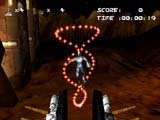
Facing the bipod
Enemy uses high powerful bipods. One word: “keep cool…”
This enemy is not very fast though but beware, he can crash you in a snap!
You may decide to avoid it. Just run straight away or find and use a jetpack, you will then jump over it.
Alternatively you can use your weapon to neutralize it. If you do so without destroying it, you will be able to drive it!
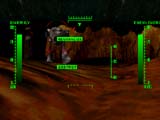

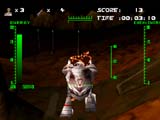
Use you HUD to target it and shoot.
Once neutralised, run toward it and… jump on it!
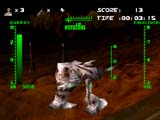
You can control it and use its weapons.
Going through the rift
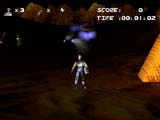
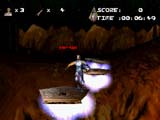
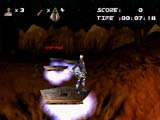
To pass through the rift… you have to jump on the platforms.
Don’t fall into the rift or you’re dead!
Triggering the checkpoint
You can trigger checkpoints in jumping through them.

Once done, if you were dead you will resume your mission at the latest triggered checkpoint!

Passing the laser wall
A giant laser wall blocks the way; it's no use to try to pass thru.
Rather, neutralise the bipod and take it.

Its heavy shield shall let you pass thru the lasers with no damage for you.
But if the bipod has been destroyed before, you will have to look around for a jetpack. We believe it may be of valuable help at this point.
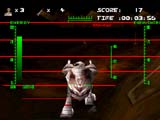
Meeting Jack
Their brand new cybernetic warrior…
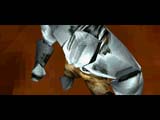
…is very impressive.

To defeat it, kill right you see, do not engage any combat!
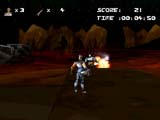
Getting to the astroport
Approaching the space port…
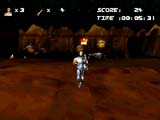
…destroy these speedy vessels.
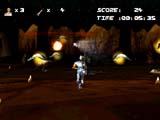
Clear’em all!

Stealing a spacebike
Hey, look at this nice spacebike!

Steal it, man…
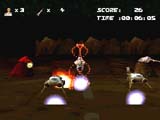
Oh, shit! These two guys have seen me and started a chase…

The end-level Boss
Unfortunately, we have not much information about those massive gear; our last reporter was dawned killed before reaching it.
❈
It's your job to analyse it and get rid of it
Good luck, Sir!
